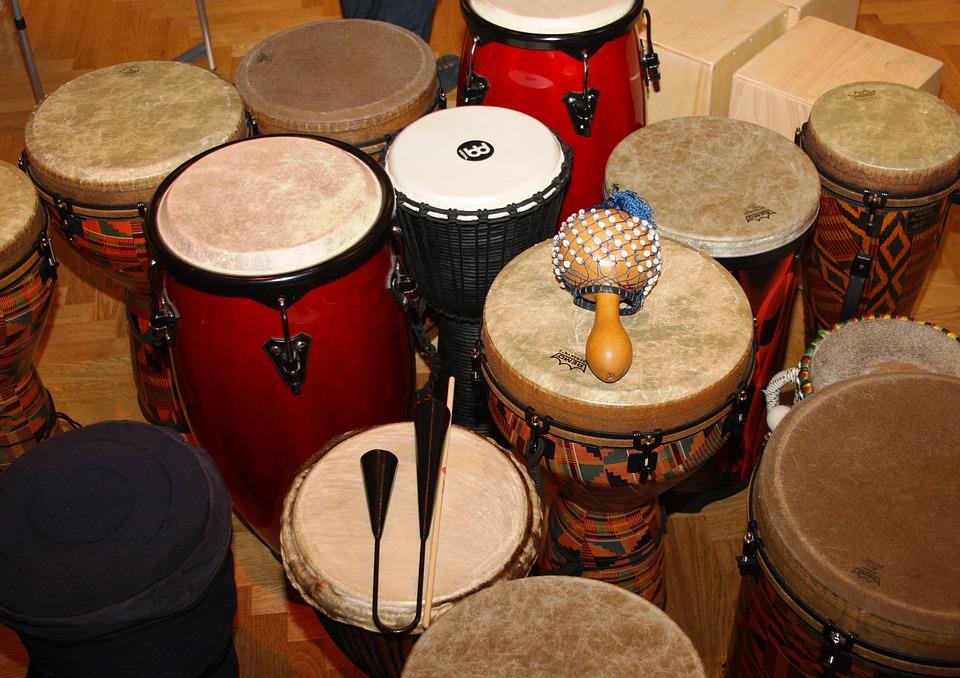The Ashiko has a spectacular and beautiful voice. It is an ethnic drum that is played in the sub-Saharan Africa and also in America such as Cuba. The docked shaped musical instrument originated from the West Africa specifically among the Yoruba and the Benin people in Nigeria.
The Ashiko is one of my favorite musical instruments because of the buoyancy of its people that held firmly to their traditions regardless of the despotism of European slave masters. The people played the drum to keep the spiritual traditions alive.
The history of the Ashiko drum
The Ashiko drum has a long and rich tradition in Yoruba culture; it has been around since 9000 BC. It functions as a talking drum and also played during community celebrations as well as a “talking drum.” However, the Ashiko (Boku) is used during street parades and carnivals.
The Ashiko drum narrow bottom is open, and the head is broad. The Ashiko is made of wood, and the top is made of goatskin. A typical Ashiko is hand carved, and it is not a straight cone. The drum is flexible in its designs, it is not restricted to one distinct size; the ashiko is made in different sizes.
It was first introduced in the United States in the ’30’s, but its popularity didn’t last long until a drummer called Babatunde Olatunji from Nigeria resurrect the mystical drum again in the ‘50’s.
Today, this musical instrument is found in Afro-Latin American and Afro-Caribbean traditions and cultures; this is as a result of the Atlantic slave trade.
The drum has different names and designs although, one can still identify the variants as the descendants of Ashiko or Ashiko inspired musical instrument. Such variants of Ashiko musical instruments are:
- Boku- used in Abakua secret society in Eastern Cuba
- Tambor Alegre -played in Afro-Columbia music in the Caribbean region of Colombia
- Timbau- Afro-Brazilian music found in Bahia region; Instead of the goatskin in a typical Ashiko drum, the Timbau is made with synthetic heads.
Playing the Ashiko
The drum is played with bare hands and is tuned with ropes. Due to the shape of the Ashiko, the drum can produce a broad range of tones. It plays more bass than the djembe.
Unfortunately, if you want to learn how to play ashiko drum the traditional way, you will need a teacher who knows the Yoruba culture, drumming, and the language.
The difference between the Ashiko drum and Djembe drum
The djembe is a bowl-shaped drum, while the ashiko is in the form of a cylinder.
Contrary to popular belief, the Ashiko drum is not “male” version of the djembe. Most people make the mistake of calling it a bridge between the djembe and the conga.
Geographically, these drums have no similarities. The Ashiko has its root in Yoruba land (Nigeria) while the djembe is from the Mali and Guinee region of Africa.
However, the djembe is similar to the ashiko due to its goatskin head, but the ashiko produce a deeper bass tone due to its long cylinder form. The ashiko drum has more middle tones compared to the djembe drum. Interesting drum isn’t it?
Check this video for more details:

